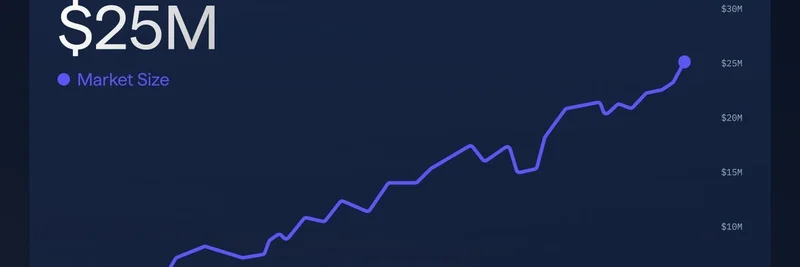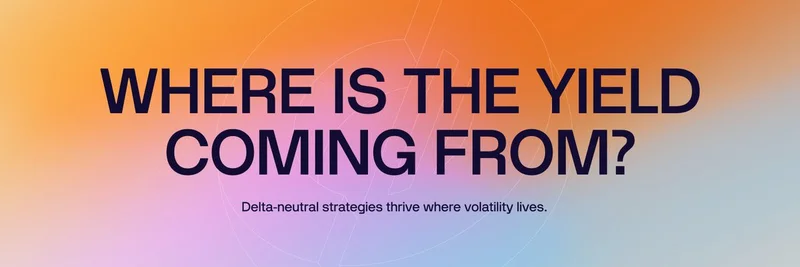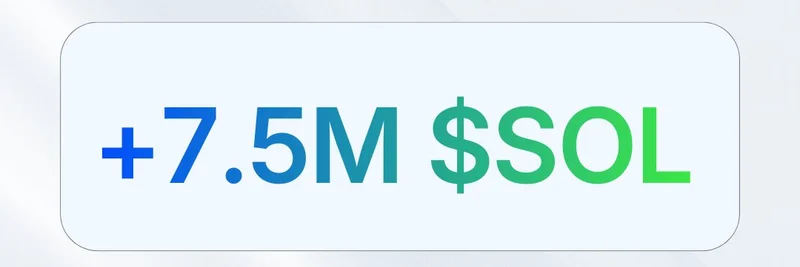In the ever-evolving landscape of blockchain technology, the debate between Solana and Ethereum Layer 2 (L2) solutions has taken center stage, particularly when it comes to transaction settlement speed and security. A recent tweet by MartyParty tweet link sheds light on this critical comparison, sparking a discussion that is essential for anyone involved in decentralized finance (DeFi) or interested in the future of Web3.
The Core Issue: Settlement Speed and Finality
MartyParty's tweet highlights a fundamental difference between Solana and Ethereum L2s, focusing on how quickly transactions are settled and the legal implications of ownership. Let's break it down:
Solana's Instant Finality
Solana's architecture, which combines Proof-of-History (PoH) with Proof-of-Stake (PoS), allows for rapid transaction finality. According to the tweet, when you confirm a transaction on Solana, it settles in seconds directly on the Layer 1 (L1) blockchain. This means that ownership of assets, such as a Tesla derivative in the example provided, is legally recognized almost instantly. The transaction is finalized, and you own the derivative without further delay.
Ethereum L2's Delayed Settlement
In contrast, Ethereum L2 solutions, such as Optimistic Rollups and Zero-Knowledge Rollups, process transactions off-chain to enhance scalability. However, this comes at the cost of delayed finality. MartyParty points out that on an Ethereum L2, you are not settling the trade immediately. Instead, the L2 sequences the trade in a single server database and later batches these transactions to submit them to Ethereum's L1. This process can take up to seven days for Optimistic Rollups to confirm, introducing multiple points of failure:
- L2 Sequencer Risk: The centralized nature of the L2 sequencer can lead to downtime or malicious behavior.
- Rollup Submission Failure: If the L2 fails to submit the batch to Ethereum, transactions remain unsettled.
- Ethereum Validators' Rejection: There's a theoretical risk that Ethereum validators might reject the entire rollup, although this is mitigated by robust consensus mechanisms.
Technical Deep Dive: How Each System Works
Solana's Proof-of-History and Proof-of-Stake
Solana's PoH mechanism creates a cryptographic timestamp, allowing validators to agree on the order of events without extensive communication. This, combined with PoS, enables Solana to process up to 65,000 transactions per second (TPS) with finality achieved in about 400-800 milliseconds for optimistic confirmation and 2-3 seconds for full finality. This speed is crucial for applications requiring immediate settlement, such as high-frequency trading (HFT) or real-time payments.
Ethereum L2's Rollup Mechanisms
Ethereum L2s aim to scale the network by offloading computation from the main chain. Here's how they work:
- Optimistic Rollups: These assume transactions are valid by default and include a seven-day challenge period during which anyone can submit a fraud proof. If no fraud is proven, the batch is finalized on Ethereum L1.
- Zero-Knowledge Rollups (ZK-Rollups): These use cryptographic proofs to guarantee the validity of transactions, reducing the challenge period to hours or less. However, they still rely on Ethereum L1 for final settlement.
The delay in finality, especially for Optimistic Rollups, means that legal ownership on Ethereum L1 is not immediate, which can be a significant drawback for certain use cases.
Implications for Users and Developers
User Experience
For end-users, the difference in settlement speed can be palpable. On Solana, you get instant confirmation and ownership, which aligns well with traditional financial expectations. On Ethereum L2s, the delay might be acceptable for less time-sensitive applications but could be a deal-breaker for HFT or other real-time scenarios.
Developer Considerations
Developers building on these platforms need to consider the trade-offs. Solana offers speed and simplicity but may face centralization concerns due to its high hardware requirements for validators. Ethereum L2s provide scalability and security through Ethereum's L1 but introduce complexity and potential points of failure.
The "Gaslit" Narrative and Web3 Principles
MartyParty's tweet suggests that Ethereum L2s have been "gaslit" as the future of Ethereum, implying a misunderstanding of Web3 principles. While this is a strong claim, it's worth noting that Ethereum's community, including Vitalik Buterin, has been transparent about L2 limitations and is actively working on improvements like decentralized sequencers and faster finality.
Web3's core principles of decentralization, trustlessness, and user sovereignty are upheld differently by each platform. Solana's instant L1 finality aligns with these principles but raises questions about centralization. Ethereum L2s compromise on decentralization to achieve scalability, which is a pragmatic but contentious approach.
Looking Forward: Rebuilding Ethereum L1?
The tweet calls for Vitalik Buterin to rebuild Ethereum L1 with modern languages and architectures, suggesting that L2s are a "band-aid" solution. While Ethereum's L1 is constrained by its current design (e.g., 15 TPS, high gas fees), the roadmap includes significant upgrades like danksharding and EIP-4844, which aim to enhance scalability without abandoning the core principles of security and decentralization.
Conclusion
The comparison between Solana and Ethereum L2s is not just about speed; it's about the fundamental design choices and their implications for the future of blockchain technology. Solana's instant finality offers a compelling advantage for certain applications, while Ethereum L2s provide a scalable solution with trade-offs that are being actively addressed. As users and developers, understanding these differences is crucial for making informed decisions in the Web3 space.
Whether you're trading derivatives, building decentralized applications, or simply exploring the blockchain landscape, the settlement speed and security of your chosen platform will shape your experience. Stay tuned to Meme Insider for more insights into the latest technological developments and their impact on the meme token ecosystem and beyond.




